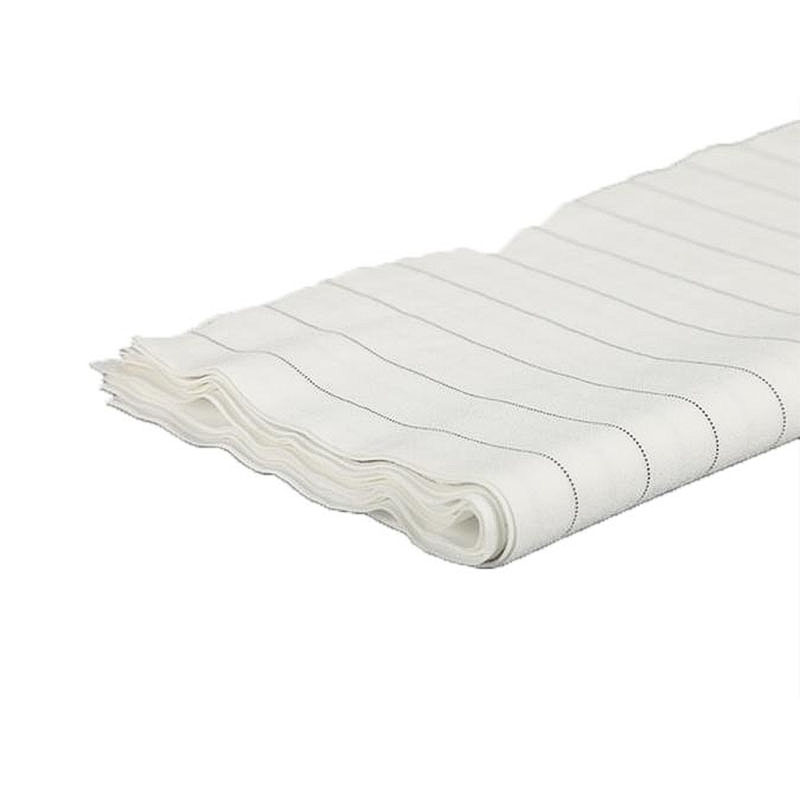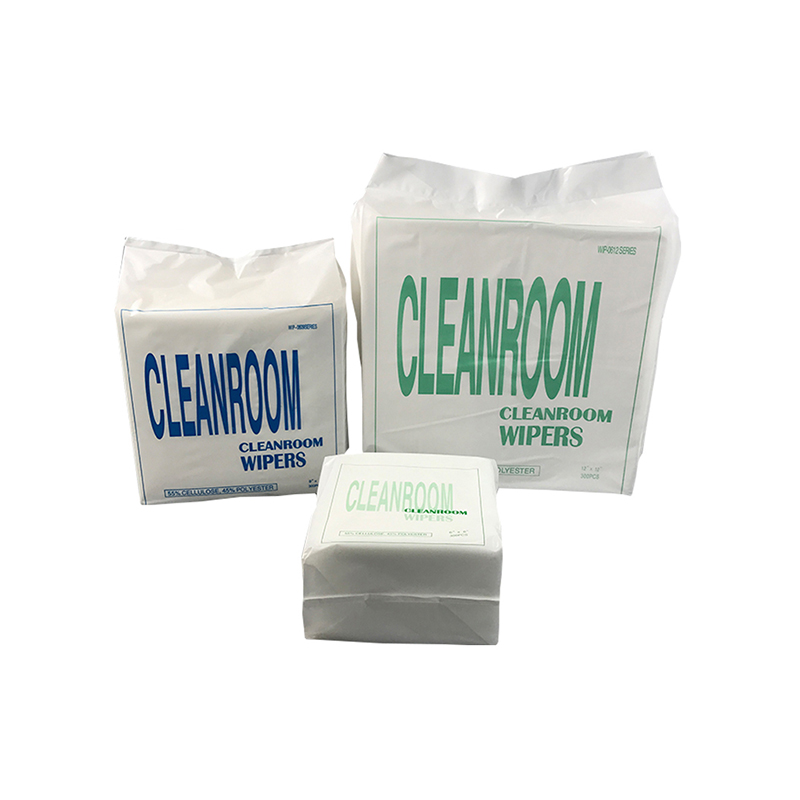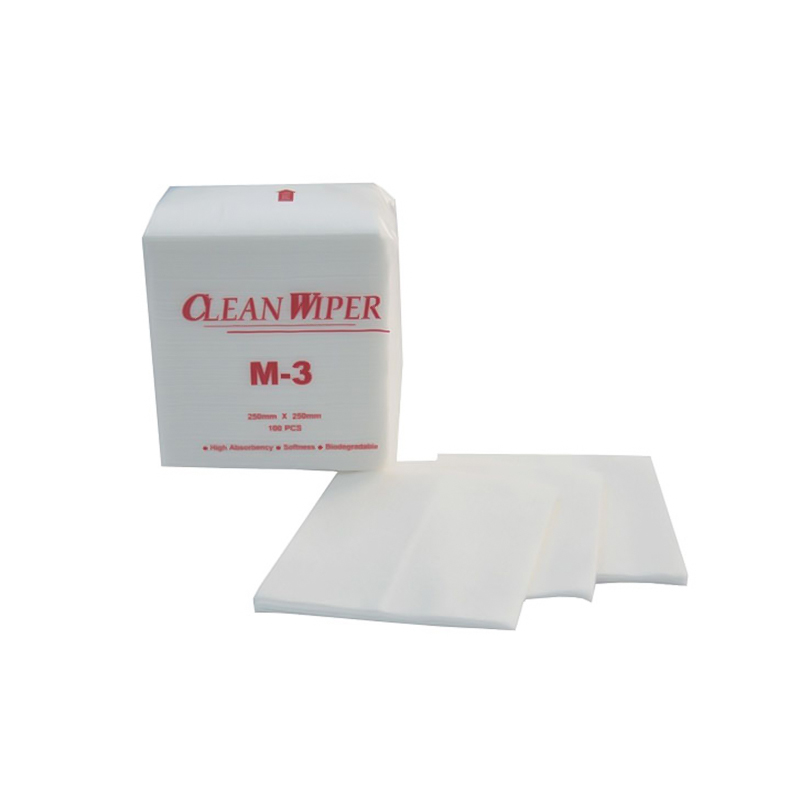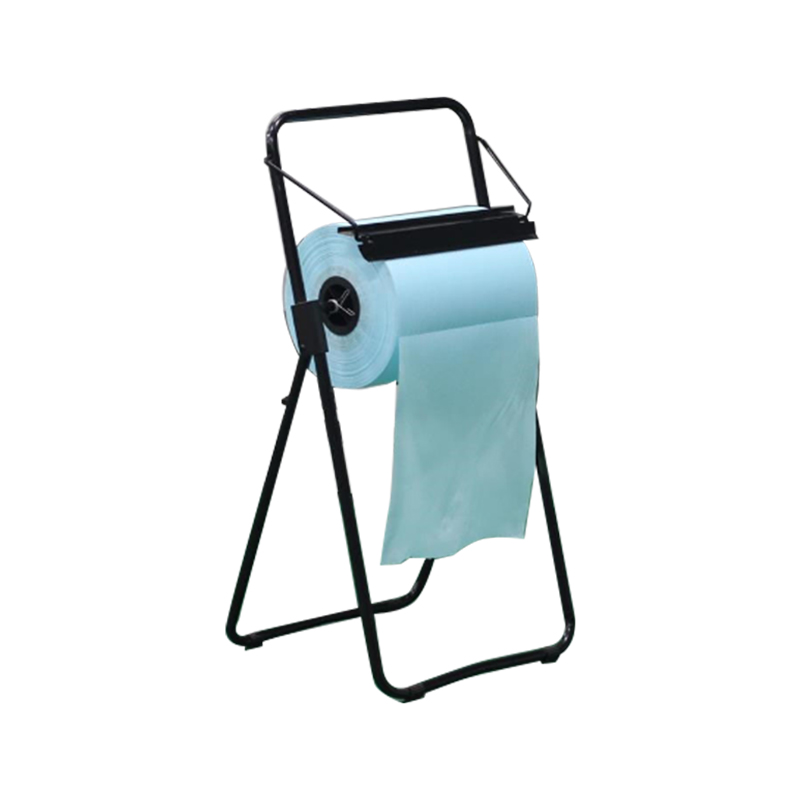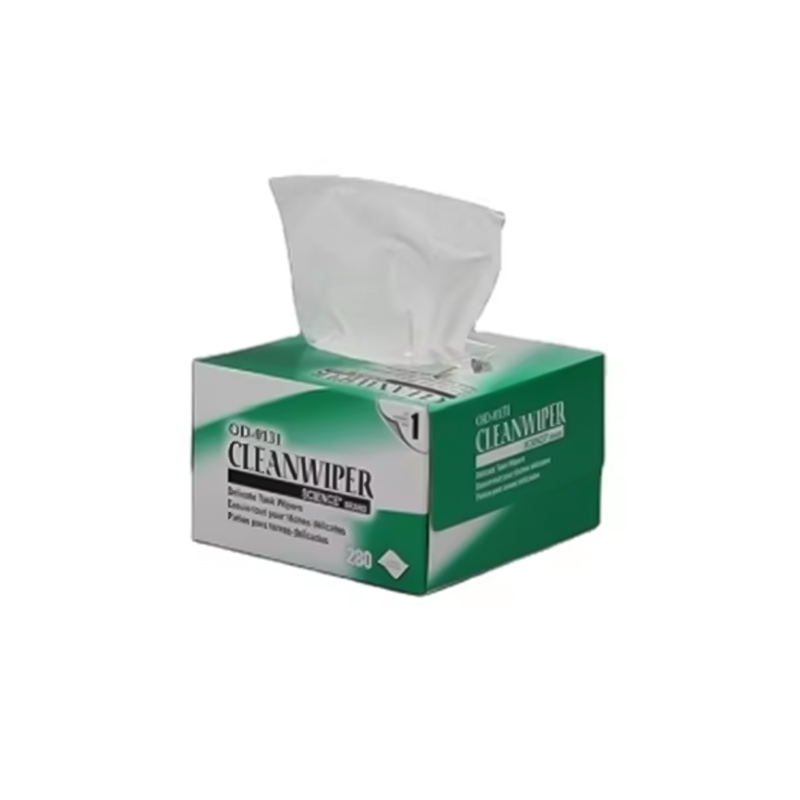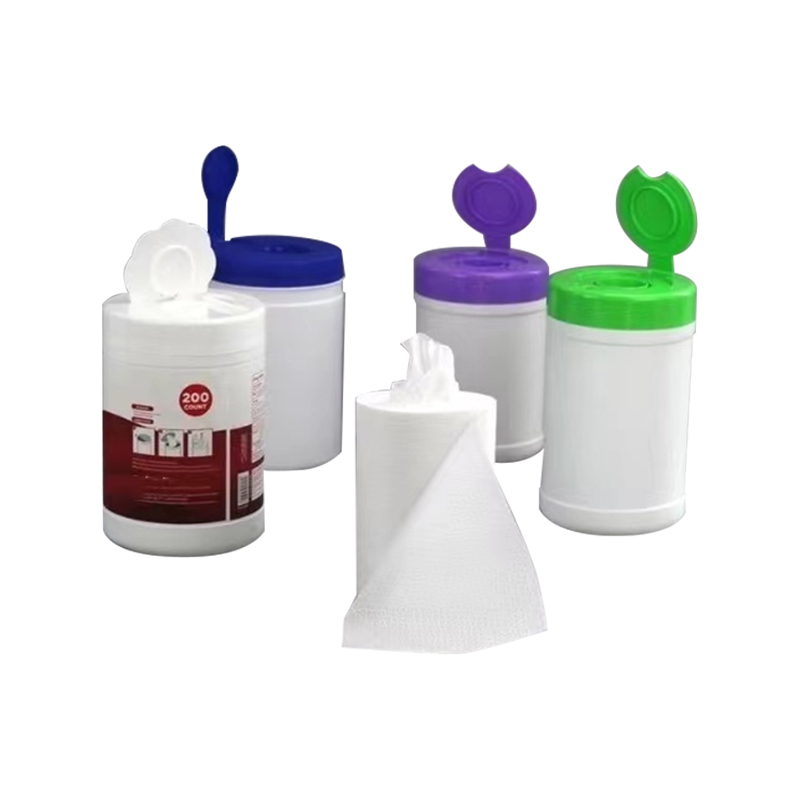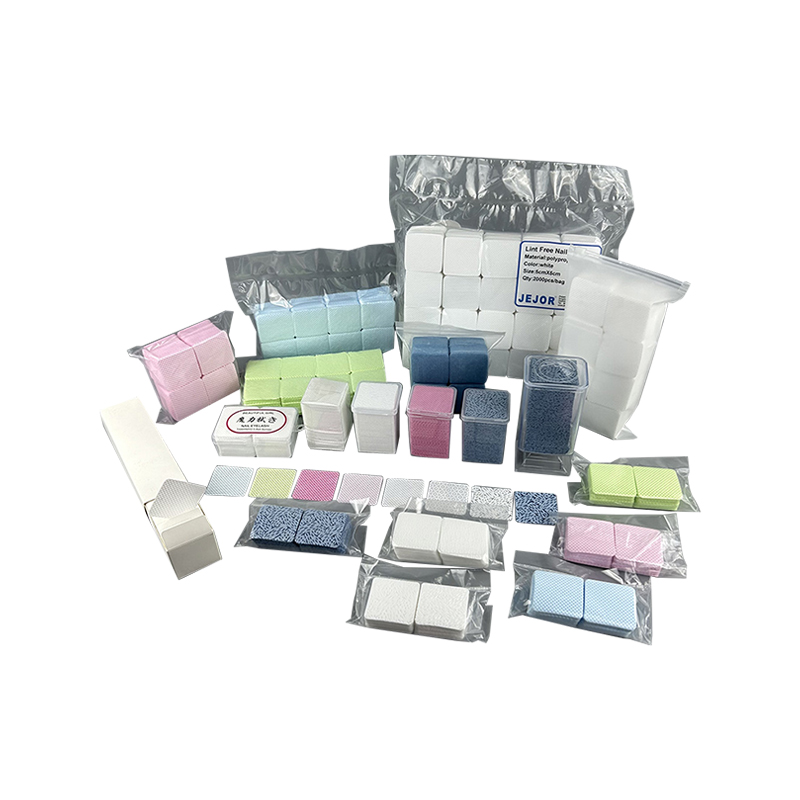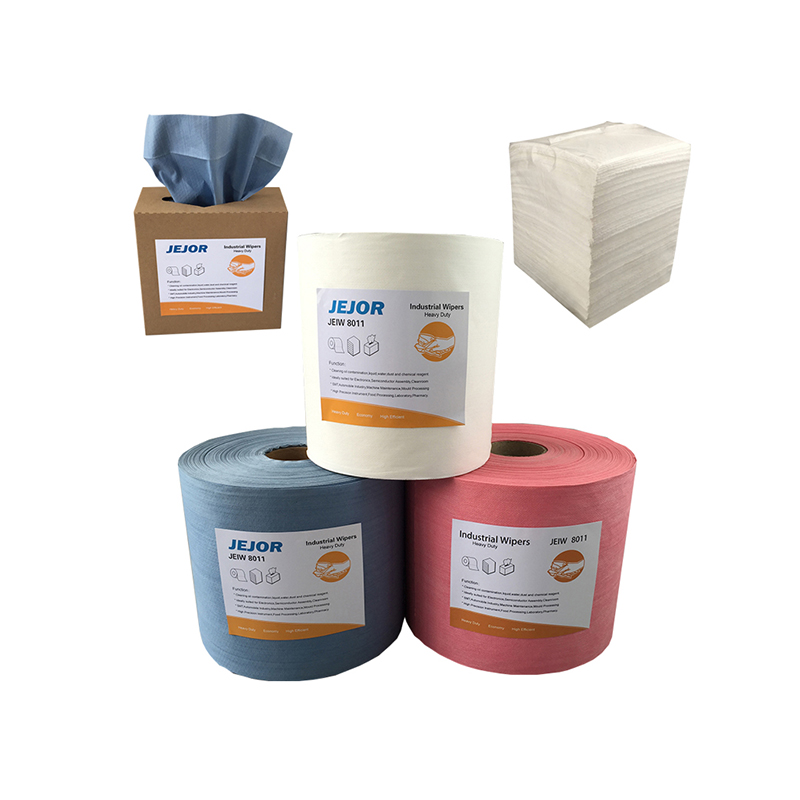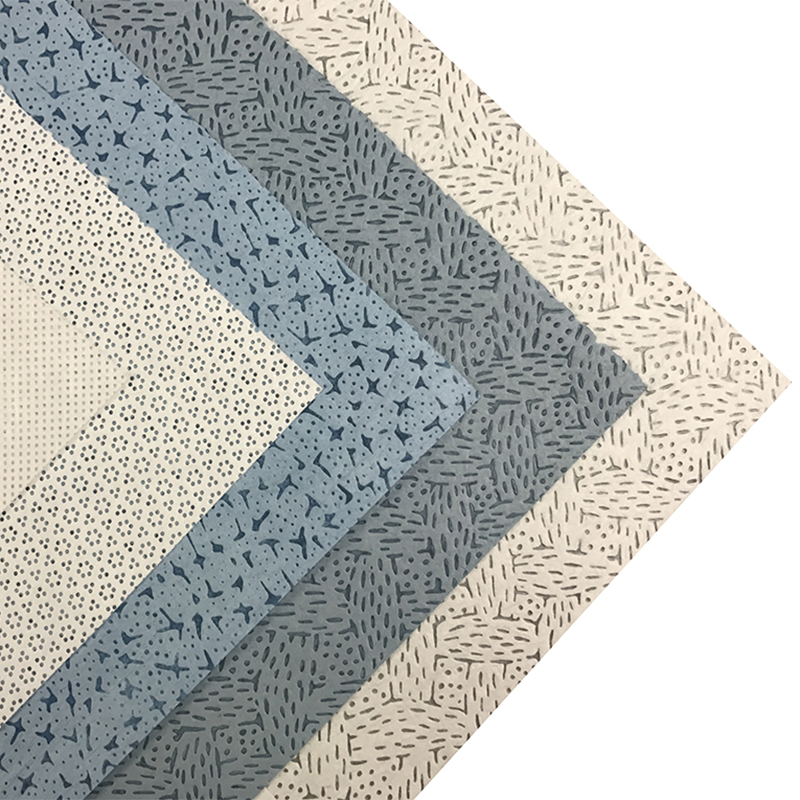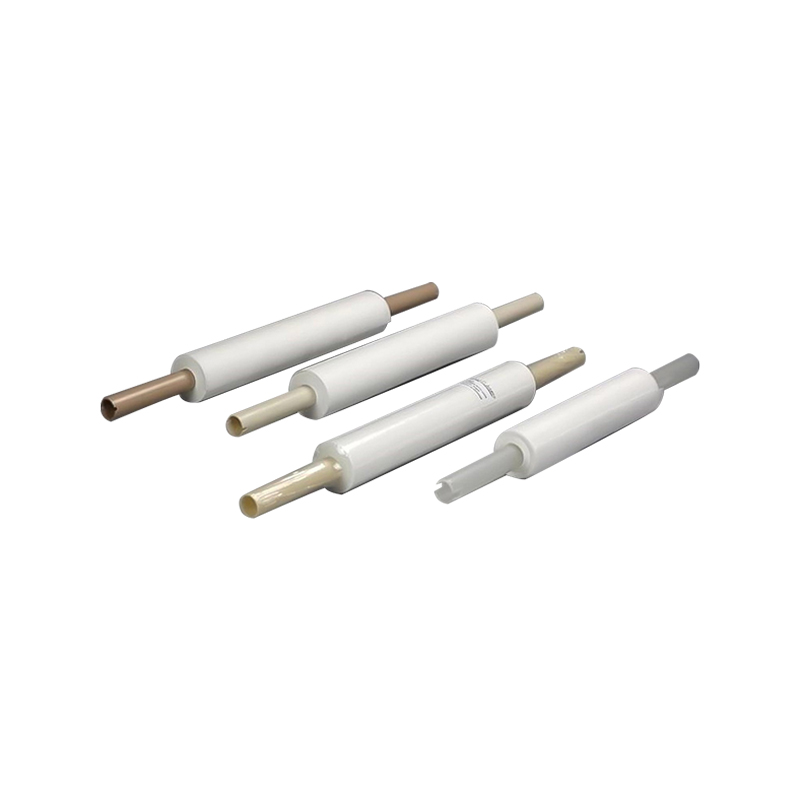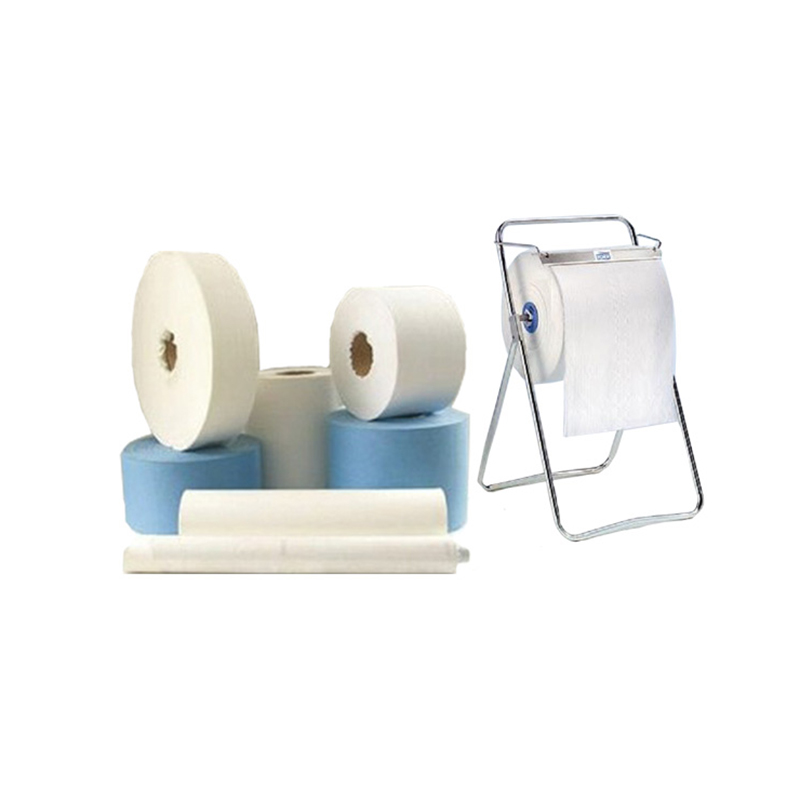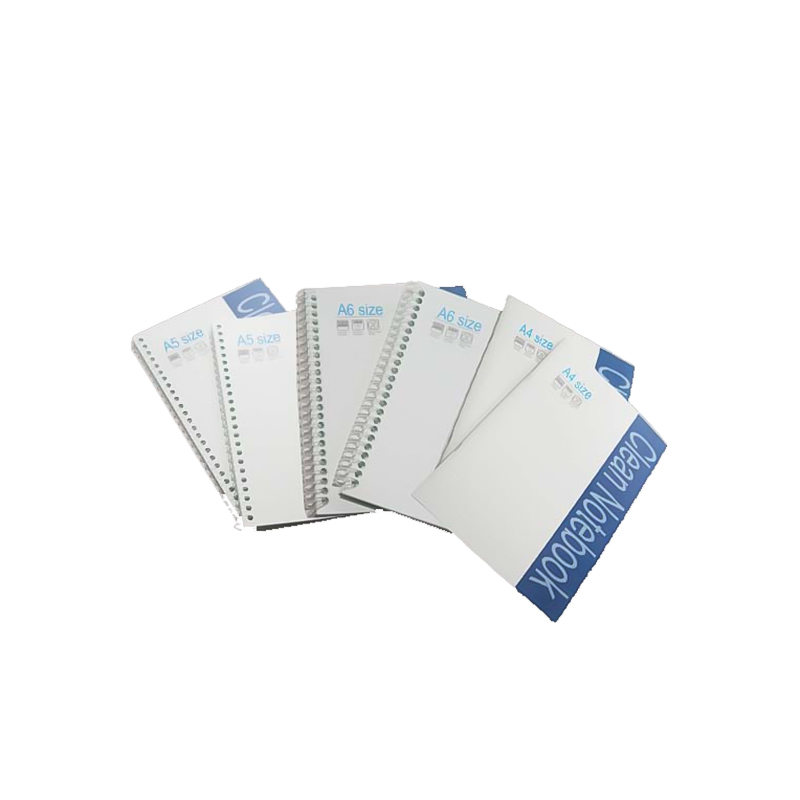1. Determine according to the product design
Some Clean Swabs are pre - moistened at the factory or come with a special diluent in the package, so you can just take them out and use them directly. While for other dry swabs, you need to pre - moisten them with sterile normal saline, IPA, or other solvents that meet the requirements of the clean room before use to ensure that the fibers can fully absorb particles and reduce the risk of fiber shedding.
2. Purposes and advantages of pre - moistening
Improve cleaning efficiency: Moistened swabs can better dissolve or suspend the residual grease, dust, and microorganisms on the surface, reducing the number of repeated wipes.
Prevent fiber residue: Dry swabs are prone to produce fiber debris when wiping under high pressure or at high speed. After pre - moistening, the softness of the fibers is improved, significantly reducing particle generation.
3. Operating specifications
Check the packaging before use: Confirm whether it is a "pre - moistened type" or a "dry type". If it is a dry type, in a sterile workbench or clean cabinet, use a disposable sterile container to take an appropriate amount of diluent (such as 70% IPA) for pre - moistening.
Control the humidity: The pre - moistening time is generally controlled within 1 - 3 seconds to avoid excessive liquid causing dripping or secondary pollution.
4. Exceptions in special scenarios
For extremely sensitive optical components or microelectronic parts, some manufacturers provide "ultra - low residue dry swabs". In this case, pre - moistening is not recommended to avoid liquid residue affecting subsequent detection or processes.
How to choose the size and shape of Clean Swabs to fit different hard - to - clean parts?
1. Principle of size matching
Tiny grooves and narrow channels: Select ultra - fine swabs with a diameter of less than 1 mm and a length of 10 - 15 mm, which can penetrate into small slots and are often used for semiconductor wafers, the edges of optical lenses, etc.
Medium - sized flat surfaces: Standard swabs with a diameter of 2 - 3 mm and a length of 20 - 30 mm are suitable for larger flat surfaces such as PCBs and metal casings, balancing cleaning power and operational flexibility.
Large - area or rough surfaces: Thickened swabs with a diameter of more than 4 mm and a length of more than 35 mm can provide a larger contact area and are suitable for cleaning heat sinks, the interior of chassis, etc.
2. Key points for shape selection
Flat - topped cylindrical head: It provides a uniform contact surface and is suitable for flat surfaces or cleaning tasks that require uniform pressure.
Round - topped cylindrical head: The head is slightly round and can cover slightly uneven surfaces without creating sharp indentations.
Conical head: The tip is narrowed and is designed specifically for entering narrow gaps, micropores, or fine grooves, enabling deep cleaning without damaging the substrate.
Funnel - shaped (tapered bottom) head: It has a sharp top and a funnel - shaped bottom, and is most suitable for cleaning hard - to - reach corners or internal depressions, guiding the cleaning agent to dead corners and effectively collecting residues.
3. Material and anti - static properties
Thermal bonding process without fiber shedding: Ensure that the swab head does not produce particles when wiping under high pressure, which is suitable for clean room environments that are extremely sensitive to particles.
Anti - static treatment: When cleaning electronic components, choose swabs with anti - static treatment to prevent component damage caused by electrostatic discharge.
4. Matching with the products of Suzhou Jujie Electron Co., Ltd
Suzhou Jujie Electron Co., Ltd, as a professional manufacturer of Clean Swabs, provides a series of swabs with multiple specifications and customizable options, covering the above - mentioned sizes and shapes. It is equipped with high - precision processing equipment such as laser cutting and ultrasonic cutting to ensure that the size error of each swab is controlled within ±0.1 mm, meeting the strict requirements of ISO Class 5/6 clean rooms.

 中文简体
中文简体 English
English Español
Español русский
русский Deutsch
Deutsch Français
Français